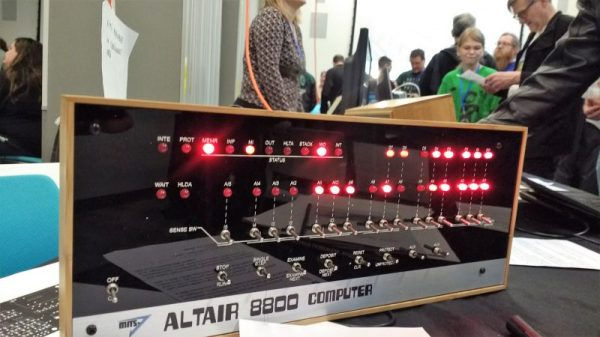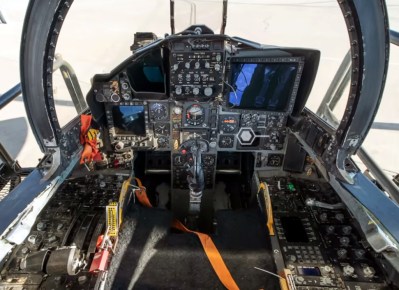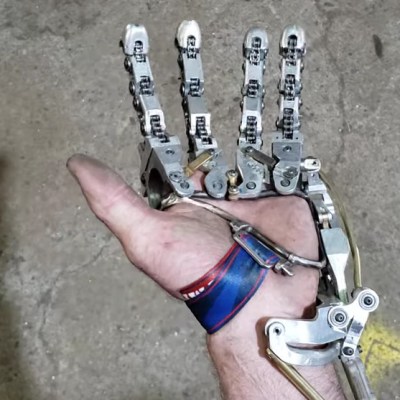After the Living Computers museum in Seattle closed like so many museums and businesses in 2020 with the pandemic, there were many who feared that it might not open again. Four years later this fear has become reality, as the Living Computers: Museum + Labs (LCM+L, for short) entire inventory is being auctioned off. This occurs only 12 years after the museum and associated educational facilities were opened to the public. Along with Allen’s collection at the LCM+L, other items that he had been collecting until his death in 2018 will also be auctioned at Christie’s, for a grand total of 150 items in the Gen One: Innovations from the Paul G. Allen Collection.
In 2022 Allen’s art collection had seen the auction block, but this time it would seem that the hammer has come for this museum. Unique about LCM+L was that it featured vintage computing systems that visitors could interact with and use much like they would have been used back in the day, rather than being merely static display pieces, hence the ‘living computers’ part. Although other vintage computing museums in the US and elsewhere now also allow for such interactive displays, it’s sad to see the only major vintage computing museum in Washington State vanish.
Hopefully the items being auctioned will find loving homes, ideally at other museums and with collectors who aren’t afraid to keep the educational spirit of LCM+L alive.
Thanks to [adistuder] for the tip.
Top image: A roughly 180° panorama of the “conditioned” room of the Living Computer Museum, Seattle, Washington, USA. Taken in 2014. (Credit: Joe Mabel)





















